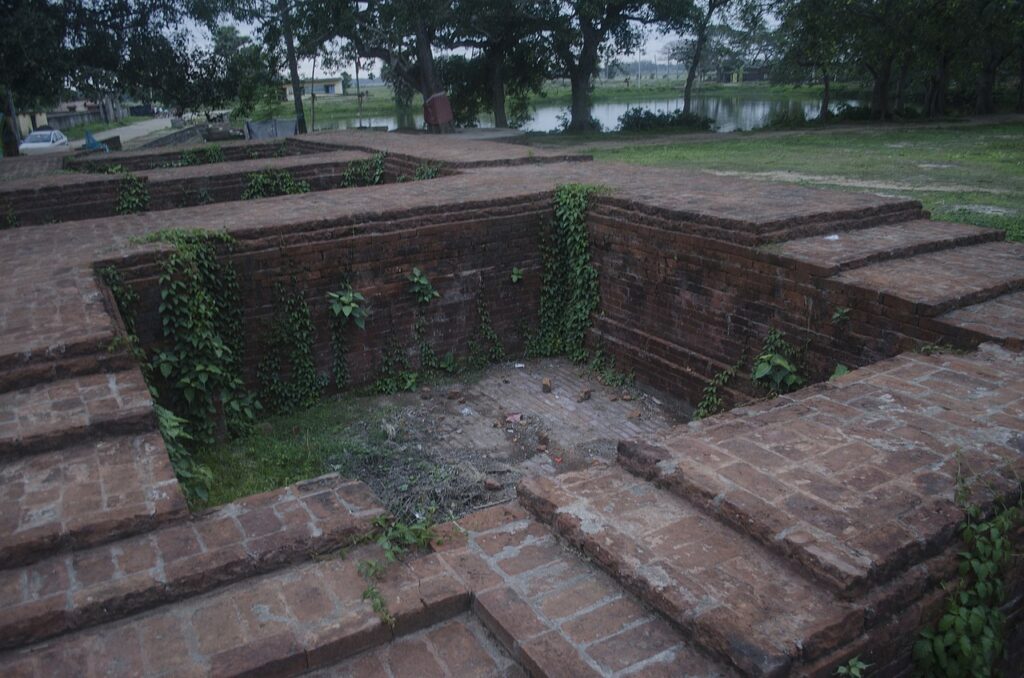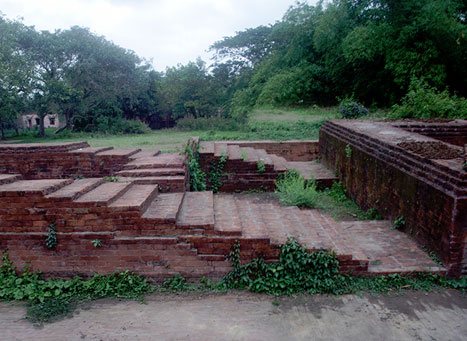Introduction
Lajja Gauri The Nude Goddess or Shameless Woman – Odisha Examples When we think of Buddhist sites in India, our minds often leap to places like Bodh Gaya, Sarnath, and Ellora. However, there are numerous lesser-known Buddhist sites scattered throughout the country that hold immense historical and spiritual significance. One such hidden gem is Kuruma, a Buddhist site situated in the state of Odisha.
Odisha, located on the eastern coast of India, is renowned for its rich cultural heritage and ancient architectural marvels. While many tourists flock to its famous temples such as the Sun Temple in Konark and the Jagannath Temple in Puri, very few are aware of Kuruma’s existence.
Kuruma, situated in Jajpur district, is a small village that houses the remains of a once-thriving Buddhist complex. The site is believed to have flourished during the 6th to 8th centuries AD, making it contemporary to other renowned Buddhist sites in India. Despite its historical significance and fascinating architecture, Kuruma remains relatively unknown, even to locals.
The main attraction of Kuruma is the towering stupa that dominates the landscape. The stupa is a significant Buddhist structure, symbolizing the final resting place or relics of the Buddha. The Kuruma stupa is unique because it combines both the hemispherical shape of the early stupas and the cylindrical shape of later developments. This hybrid design showcases the evolution of Buddhist architecture and provides invaluable insights into the religion’s journey through time.
Apart from the stupa, the site at Kuruma also features the remains of several monastic cells or living quarters of the Buddhist monks. These cells were once bustling with scholarly activities, meditation, and the pursuit of enlightenment. Exploring these ruins gives visitors a glimpse into the monastic life that once thrived here.

What makes the Kuruma site even more interesting is its connection to the ancient maritime trade routes of the time. While most Buddhist complexes are located in secluded areas, Kuruma’s proximity to major river systems suggests that it might have served as a significant center for trade and exchange. The combination of spiritual and economic activities would have made Kuruma a bustling hub for various communities.
Over time, Kuruma fell into obscurity and was gradually overtaken by nature. The lush green vegetation and the tranquil surroundings make the visit to the site even more enchanting. The absence of large crowds allows visitors to immerse themselves in the serenity of the place and to truly appreciate the intricate craftsmanship of the ancient Buddhist architects.
Efforts are being made to preserve and restore the Kuruma site, but more awareness and support are needed to ensure its survival. Local authorities and archaeological organizations must work together to promote this hidden treasure and make it accessible to a broader audience. While it may never reach the levels of popularity as some of India’s more famous Buddhist sites, Kuruma deserves recognition and reverence for its historical importance and its contribution to our understanding of Buddhism in India.
If you’re an adventurous traveler seeking something off the beaten path, Kuruma is a place that shouldn’t be missed. Its unique architectural features, historical significance, and serene ambiance make it an ideal destination for those interested in delving into India’s Buddhist heritage. So, next time you plan a trip to Odisha, make sure to include Kuruma on your itinerary and uncover its secrets for yourself.
You can read our another post on World Bicycle Day
More: Wanted to download Odishashop.com visit here

Write A FAQ For Lajja Gauri : The Nude Goddess or Shameless Woman – Odisha Examples
What is Kuruma, and where is it located in Odisha?
Kuruma is a lesser-known Buddhist site located in the state of Odisha, India. It is believed to be an ancient Buddhist monastery complex, with ruins dating back several centuries. The site is located near the village of Jaugada in the Ganjam district of Odisha.
What are the main attractions of Kuruma?
Kuruma is known for its magnificent Buddhist monastic ruins, including several large stupas and a central hall that may have been used for religious rituals and teachings. The site also has numerous rock-cut caves, believed to be the residence of the Buddhist monks. The intricate carvings and architectural details found at Kuruma make it a fascinating destination for history and culture enthusiasts.
What is the historical significance of Kuruma?
Kuruma is considered to be an important center of Buddhism in ancient times. It is believed to have flourished during the reign of Emperor Ashoka in the 3rd century BCE and continued to thrive until the decline of Buddhism in the region. The site provides valuable insights into the spread and influence of Buddhism in Odisha during that era.
Is Kuruma easily accessible for tourists?
While Kuruma is a lesser-known site, it is fairly accessible for tourists. The nearest town is Jaugada, which is well connected by road. From there, it is a short drive to the site. However, it is advised to plan the visit in advance and hire a local guide who can provide insights and ensure a smooth experience.
What are some other attractions nearby that can be combined with a visit to Kuruma?
If you are planning a trip to Kuruma, you can also explore other nearby attractions. Just a short distance away is the famous Barunei Hill, which offers panoramic views of the surrounding countryside. The temple town of Puri and the UNESCO World Heritage Site of Konark Sun Temple are also within driving distance from Kuruma.
